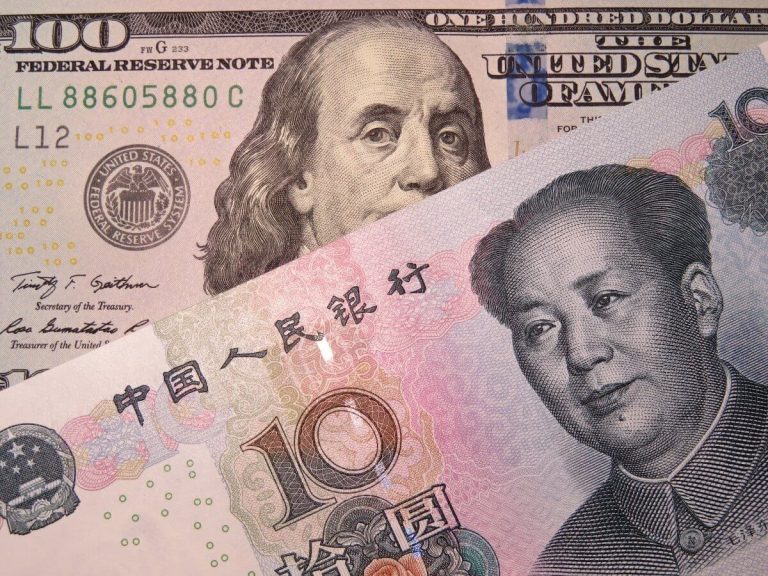quick look:
- The dollar index and dollar index futures rose by 0.8% and 0.2%, respectively, in Asian trading on Thursday.
- An unexpected interest rate cut by the Swiss National Bank spurred a stronger dollar.
- The Chinese yuan fell, with the USD/CNY breaching the 7.2 level.
In the complex web of global finance, the value of the dollar serves as a crucial measure. It reflects broader economic sentiment and policies. Financial markets saw a significant rise in the dollar index and dollar index futures, rising by 0.8% and 0.2%, respectively. This rise highlights a growing preference for the dollar. This is due to the sudden policy shift of the Swiss National Bank (SNB) and subsequent reactions from other central banks, in particular the People's Bank of China (PBOC).
USD/CNY reaches 7.2 after the shock of interest rate cuts by the Swiss Central Bank
Both dollar measures saw a notable rise following the SNB's unexpected decision to cut interest rates. The move represents a pivotal moment, as the Swiss central bank became the first major central bank to reverse course after a long period of interest rate hikes in the wake of the Covid-19 pandemic. The immediate result of this policy shift was huge gains in the dollar index. It indicates strong demand for the dollar. This development is important, as it shows how central bank policies can precipitate rapid changes in currency valuations. It also affects global trade and investment flows.
The ripple effects of the dollar's rise were particularly evident in Asian currency markets. The Chinese yuan has emerged as one of the biggest losers in the face of a rising dollar, with USD/CNY rising 0.4% on Friday, surpassing the 7.2 mark for the first time since November 2023. The move was exacerbated by expectations of further interest rate cuts by the People's Bank of China. , along with his efforts to stabilize the yuan through open market intervention.
Furthermore, the People's Bank of China's indication of potential reductions in the reserve requirement ratio adds another layer of complexity. While such measures aim to inject liquidity into the economy, they also portend a devaluation of the yuan, reflecting the delicate balance central banks must navigate between promoting economic growth and maintaining currency stability.
Navigating currency dynamics: a global perspective
On the other hand, the Japanese yen remained relatively stable on Friday, despite suffering significant losses incurred the previous night. The USD/JPY pair is hovering around 151.56, approaching its highest level in four months. However, further depreciation of the yen was capped by positive February CPI data. This decision confirms the validity of the recent decision taken by the Bank of Japan (BOJ) to raise interest rates. It highlights the complex dance of monetary policy and its far-reaching effects on currencies.
The recent fluctuations in the dollar index and their impact on global currencies underscore the interconnectedness of global financial systems. Central banks play a pivotal role in shaping these dynamics through their monetary policies. It affects not only their domestic economies, but also the broader global financial landscape. As markets continue to digest these developments, investors and policymakers alike must remain vigilant.

